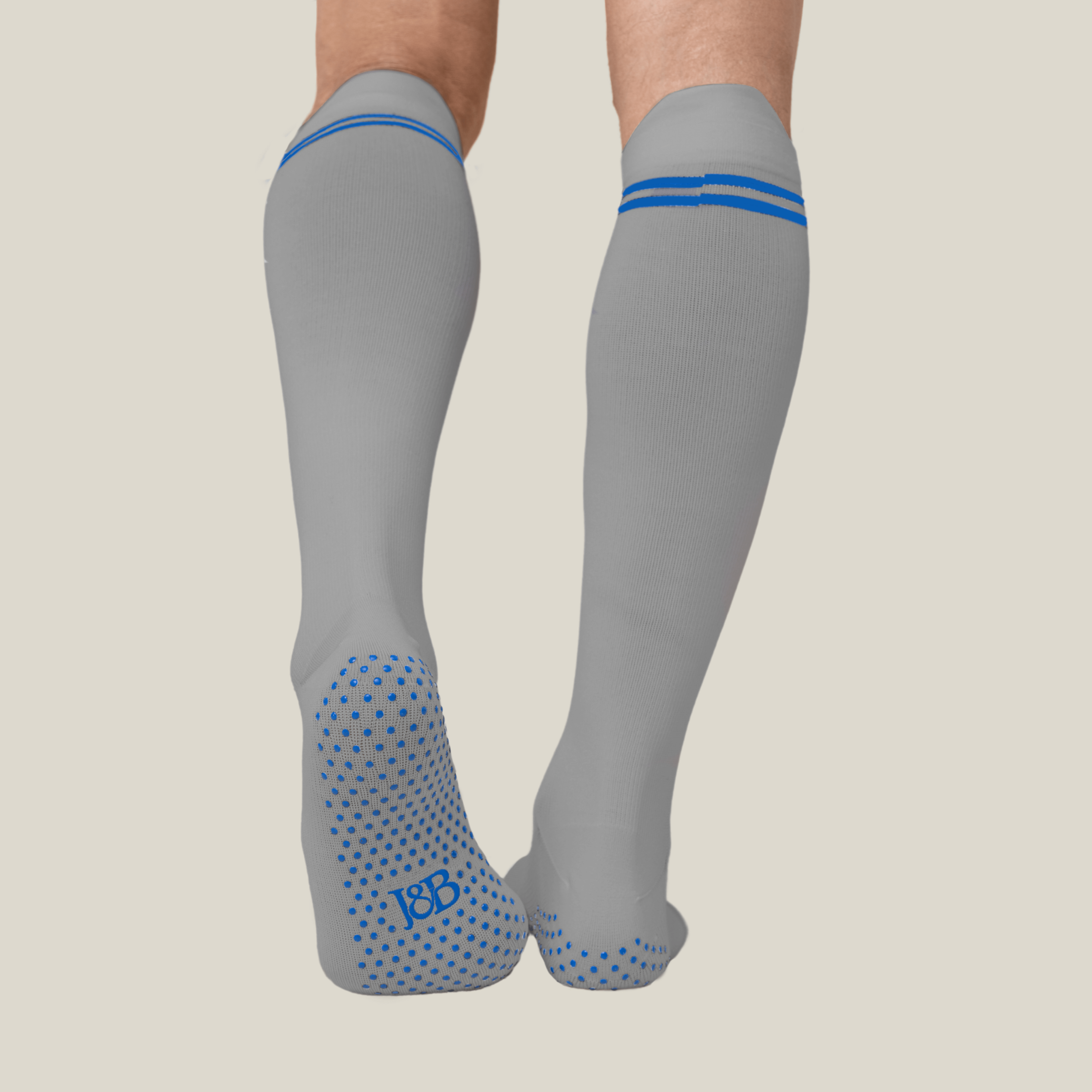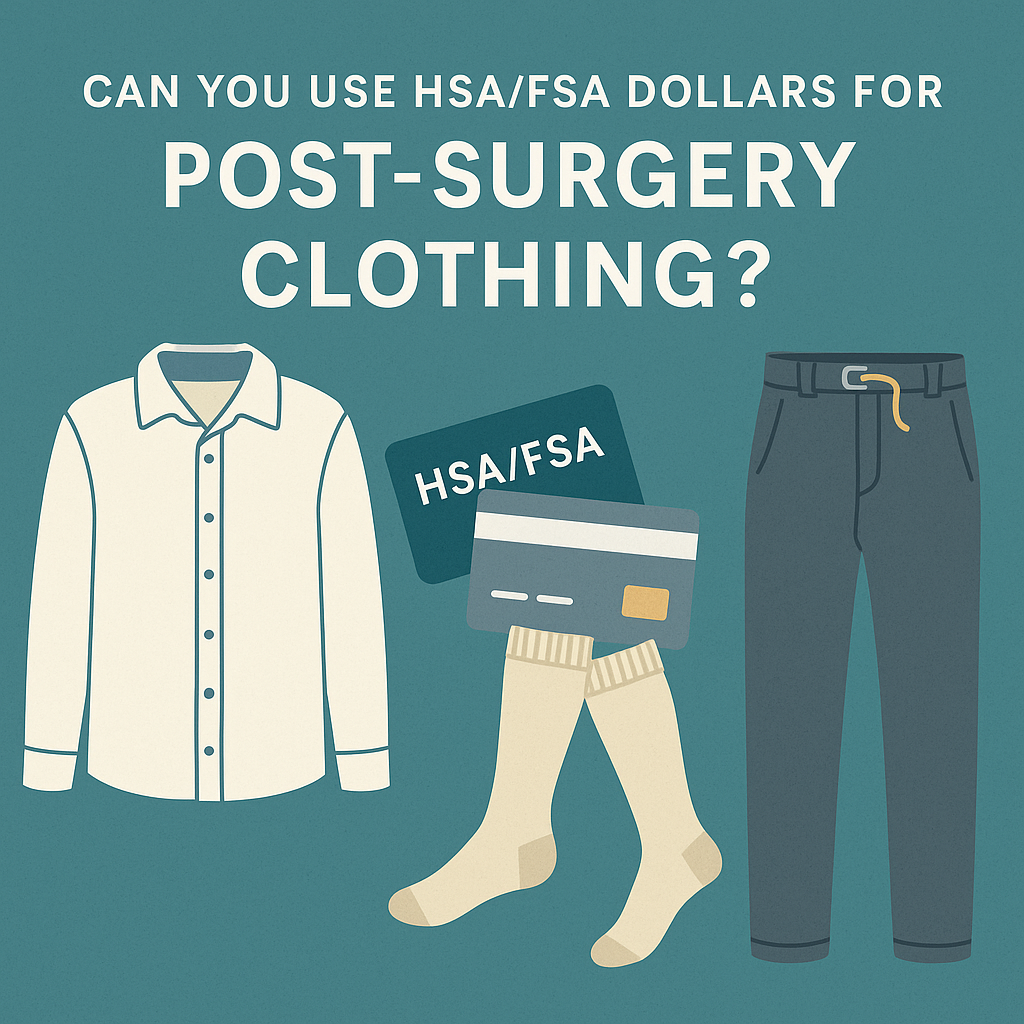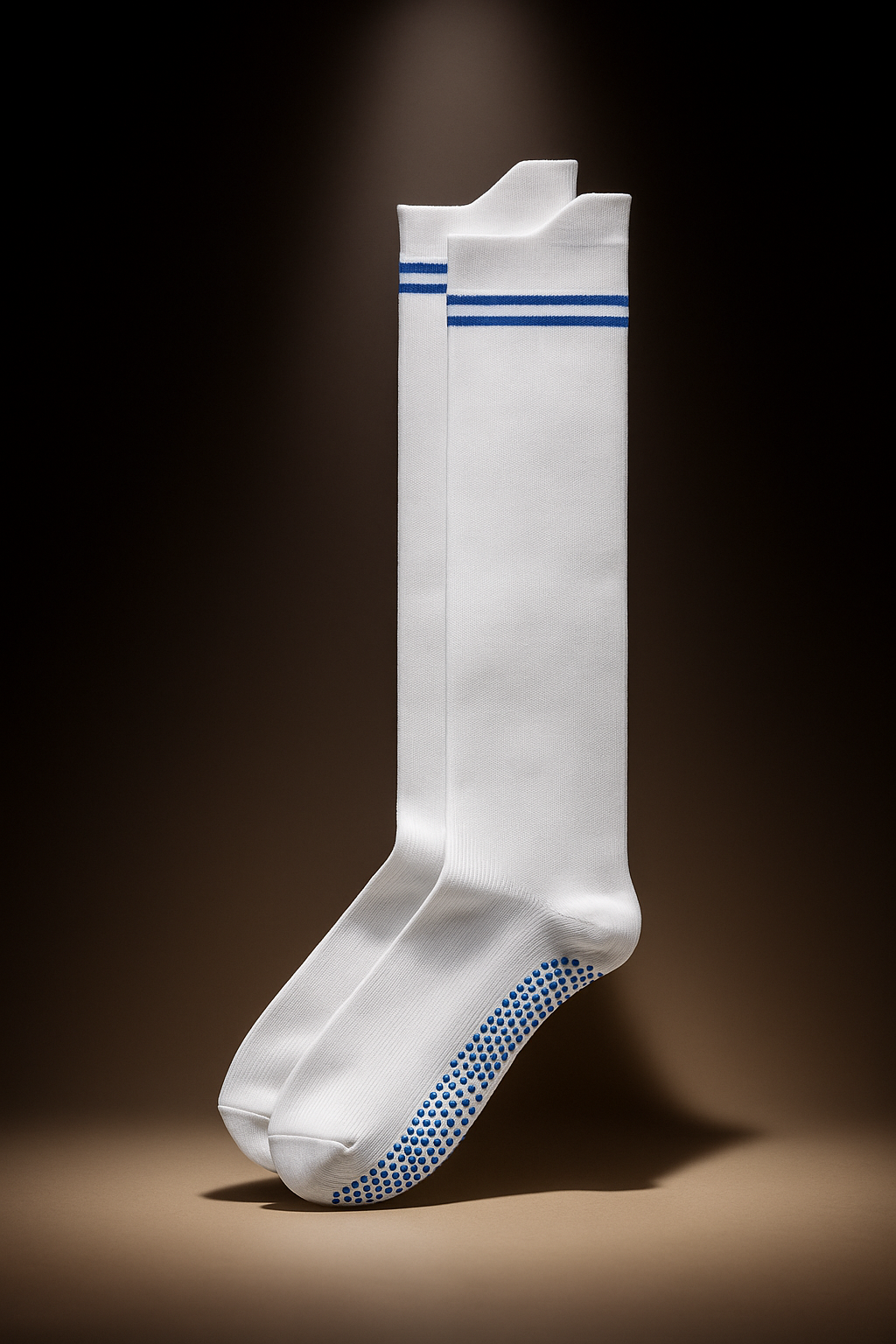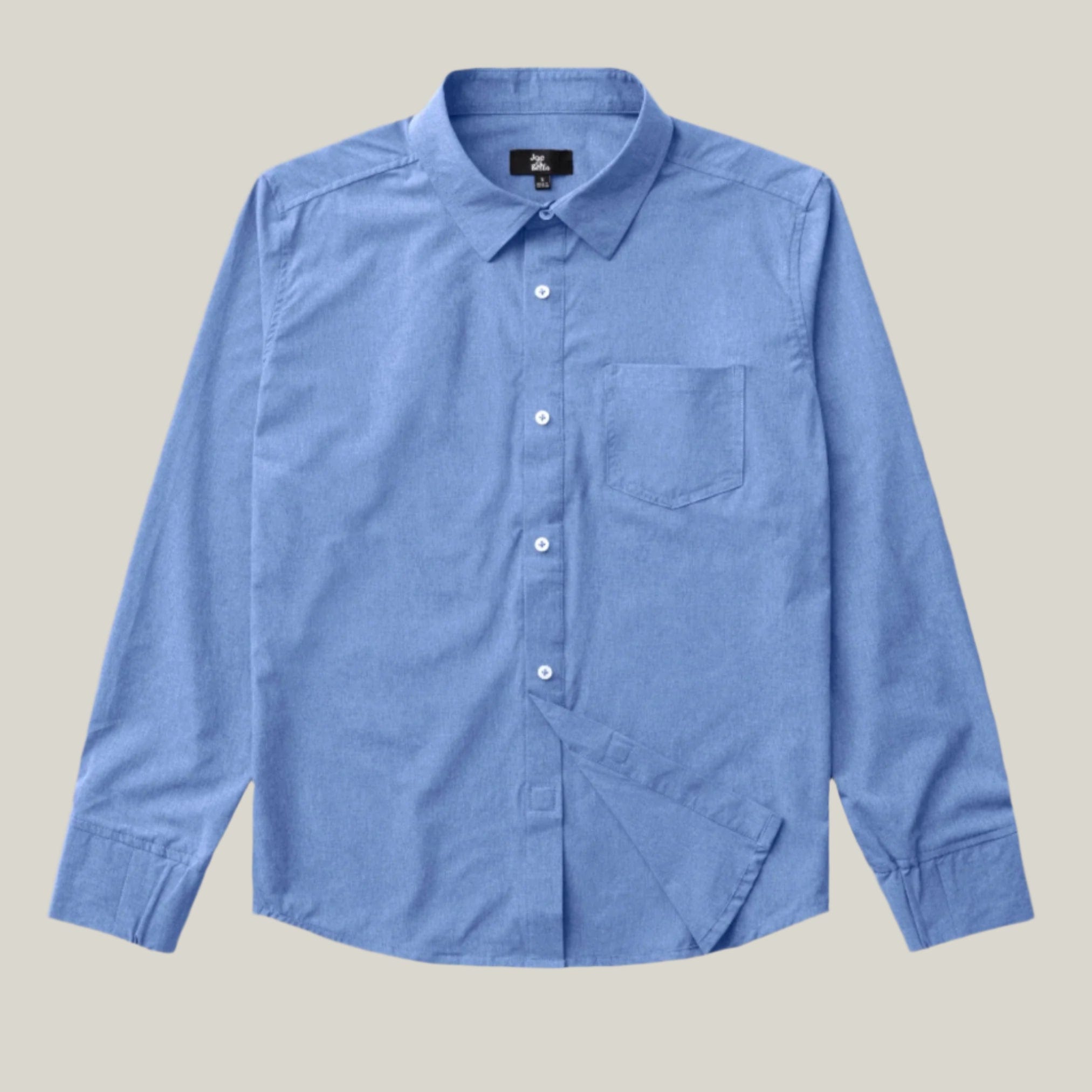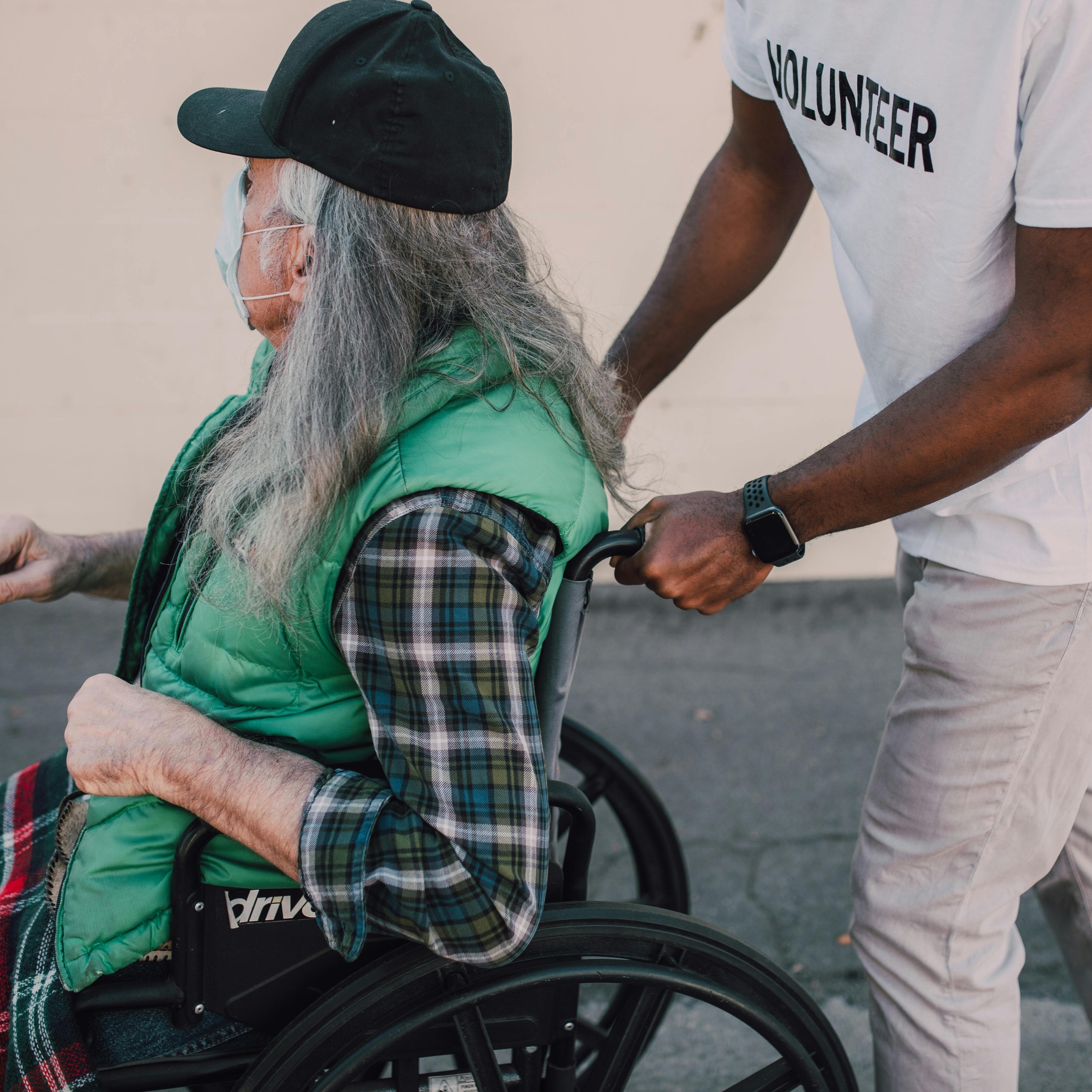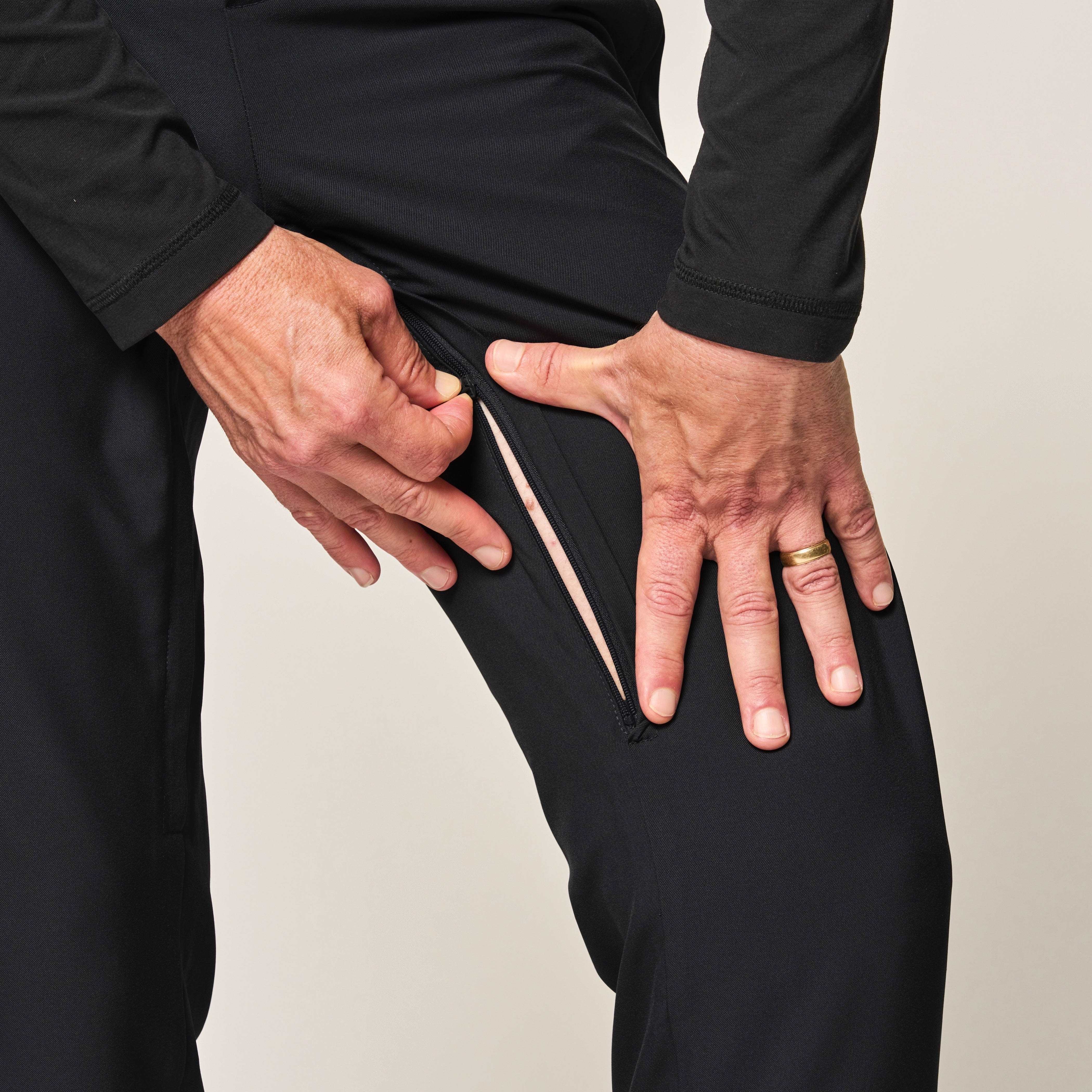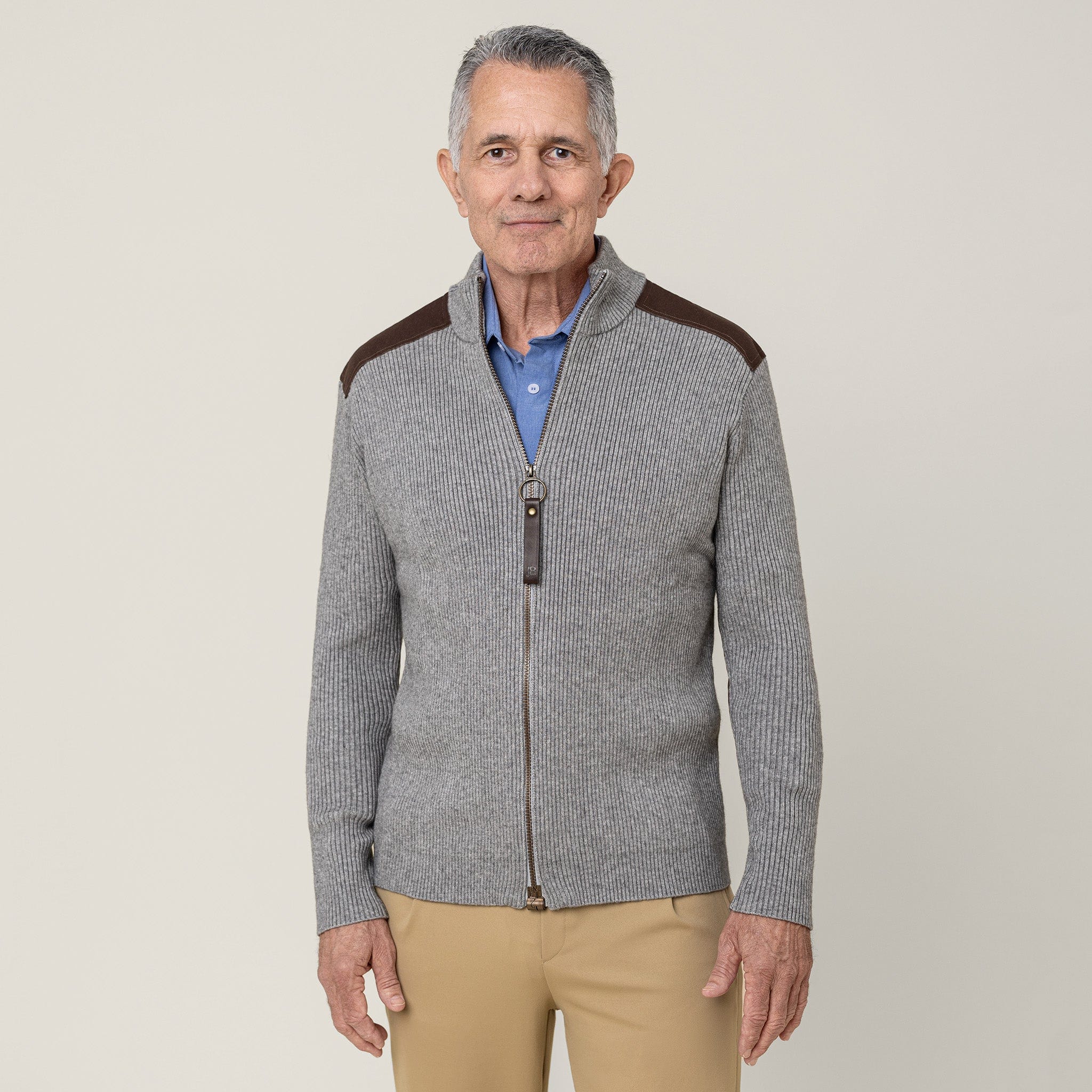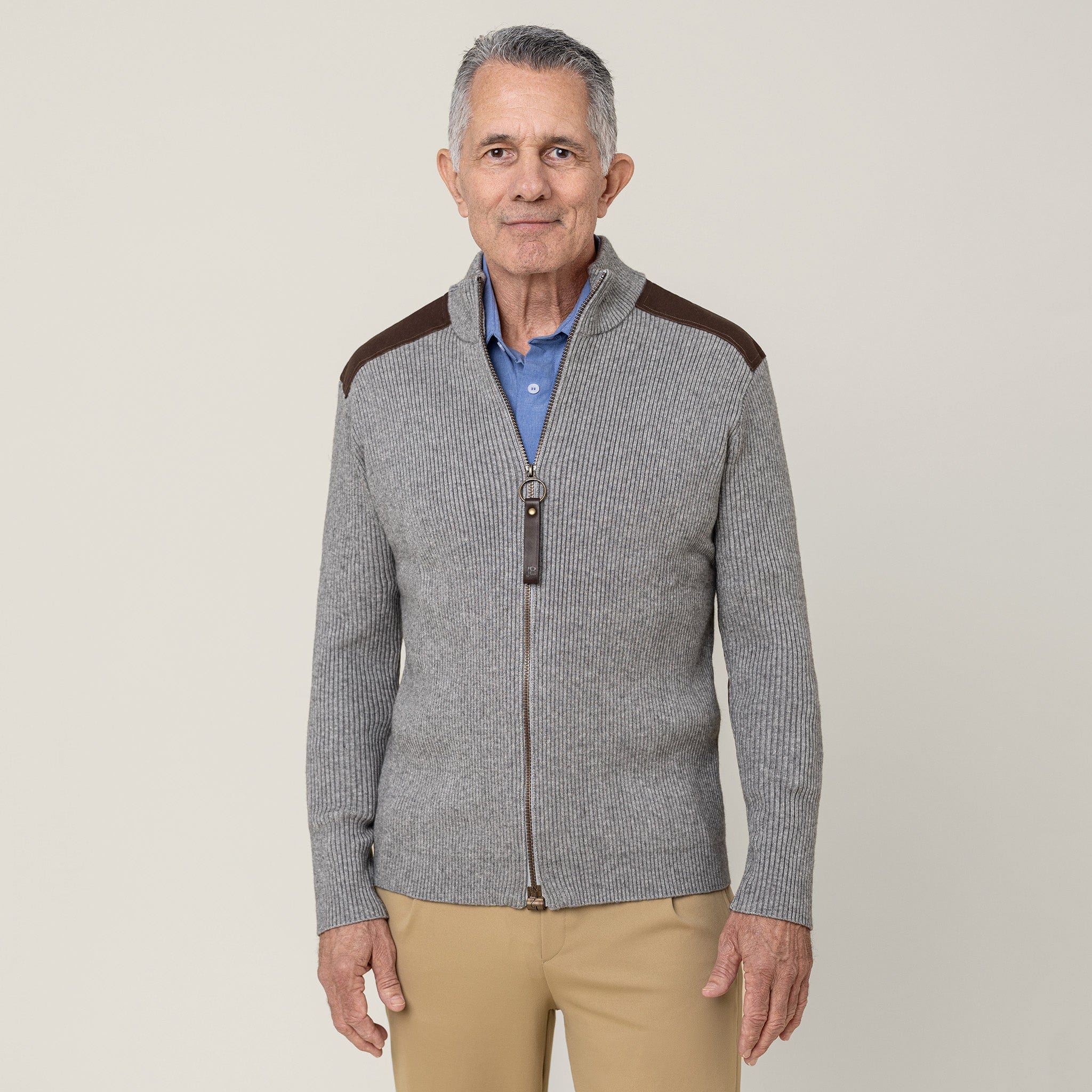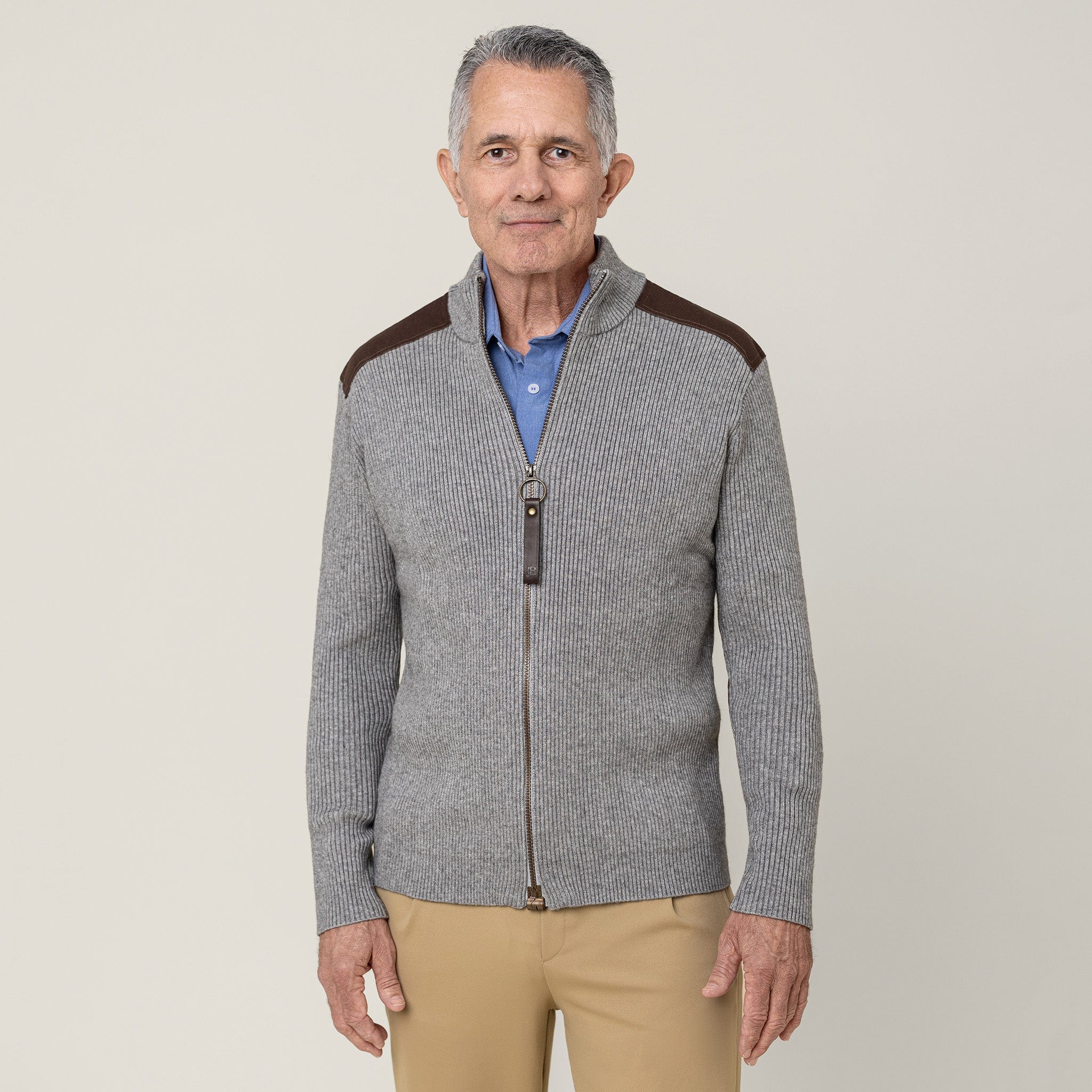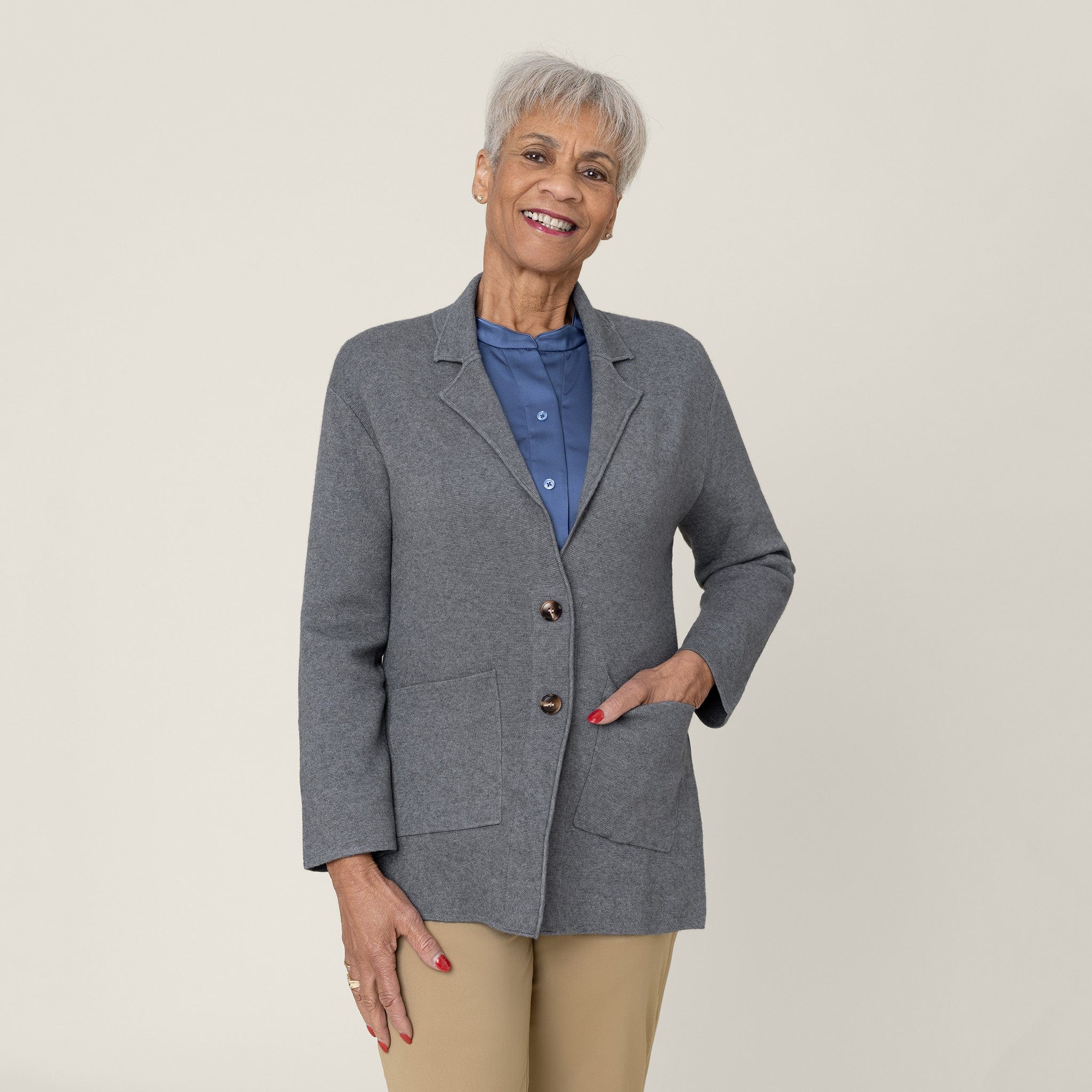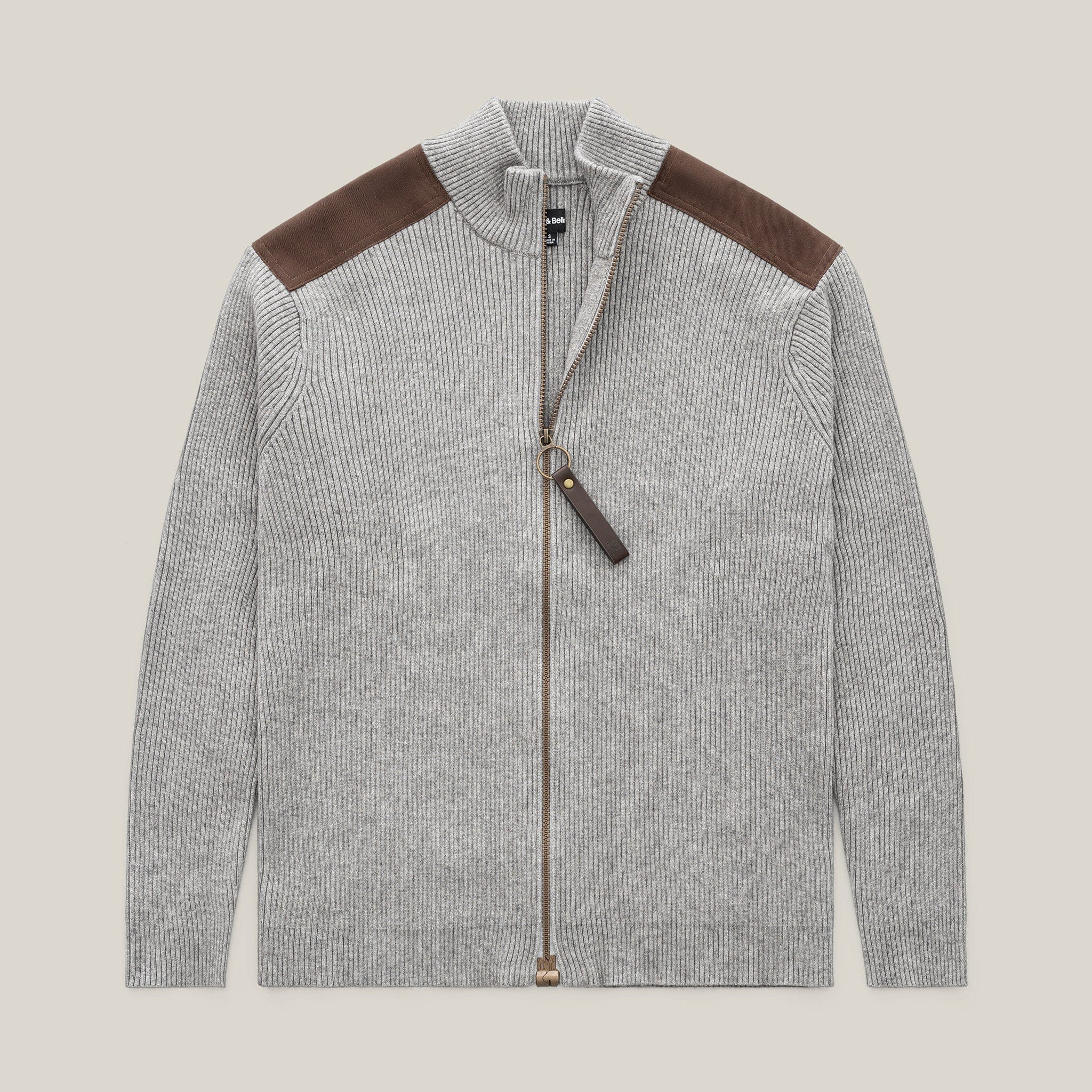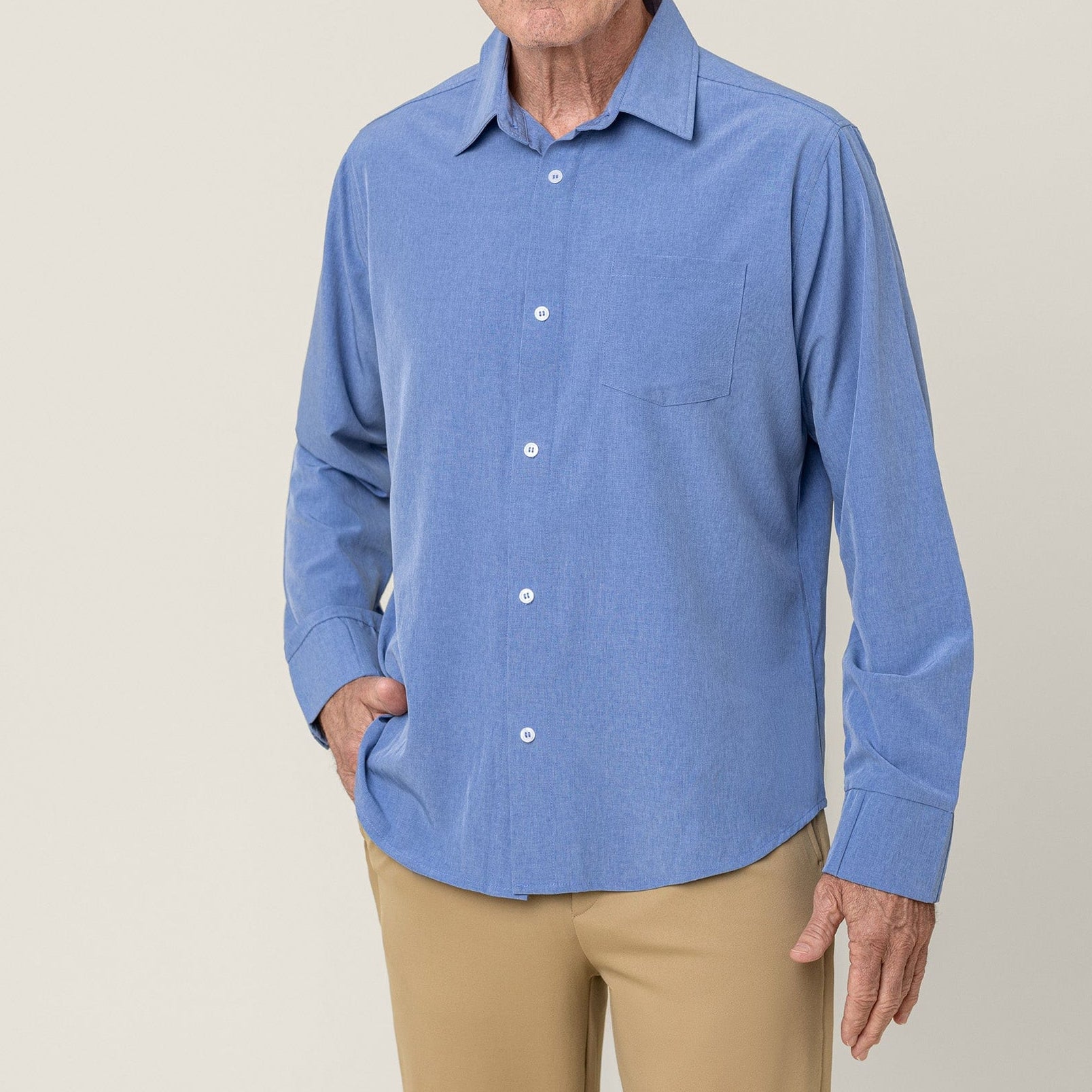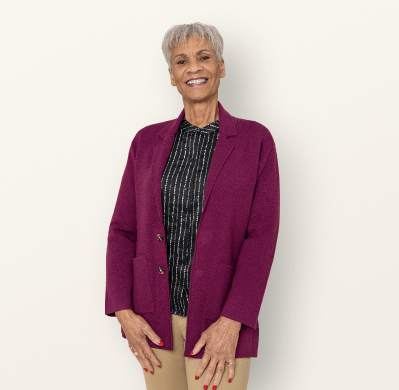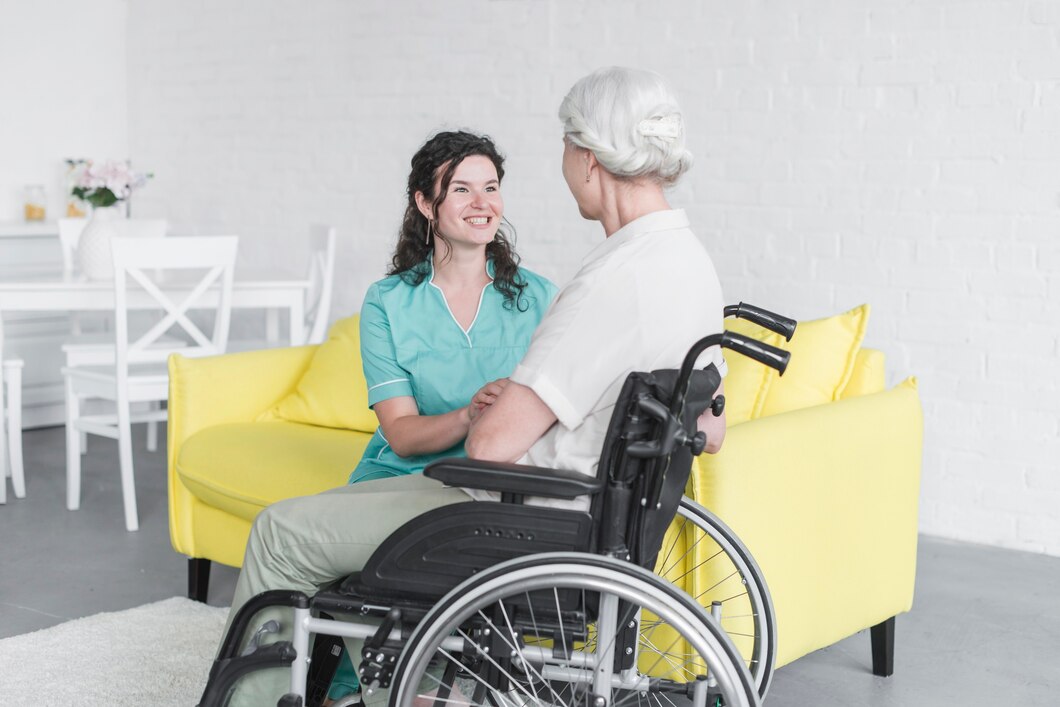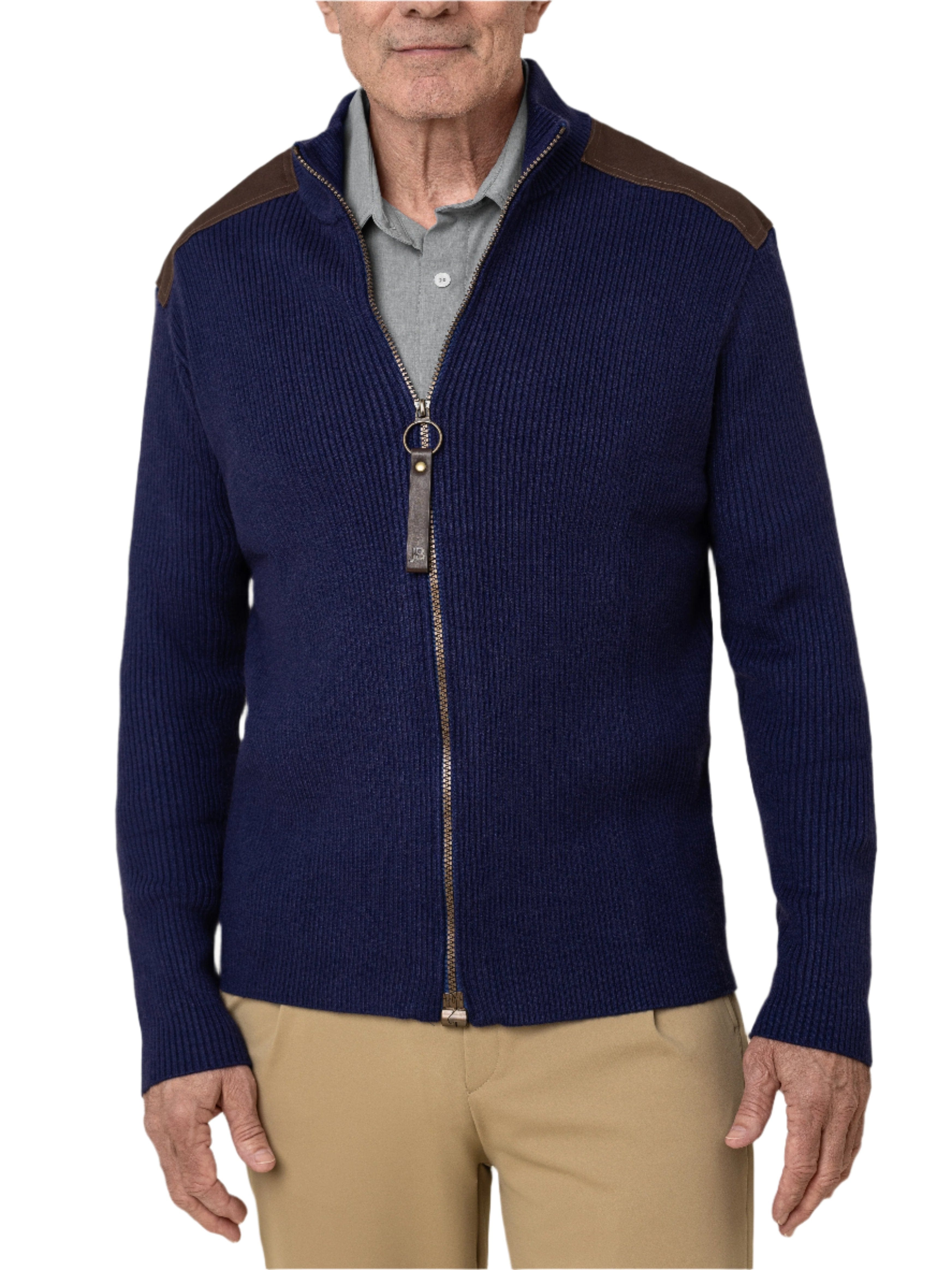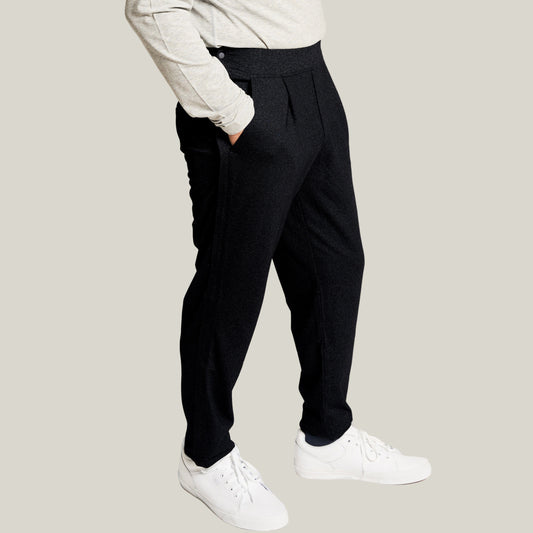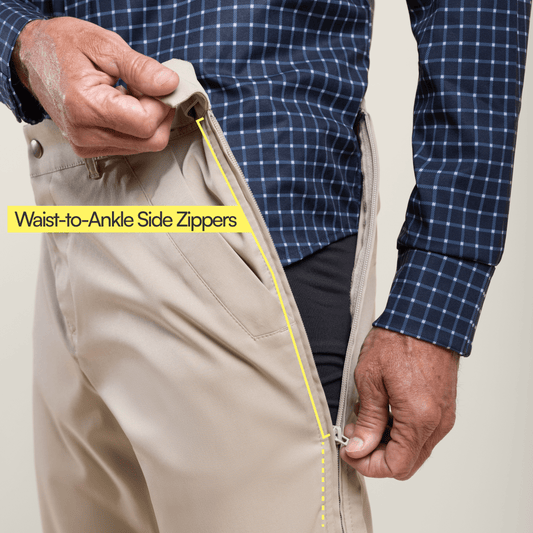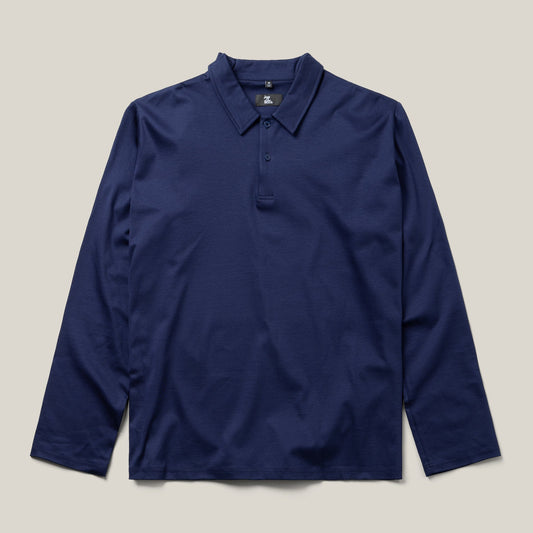Adaptive fashion plays a lot of different roles for a lot of different people, offering solutions that cater to various disabilities and stages of life. From helping those with mobility issues to providing clothing options for individuals recovering from surgery, adaptive clothing is designed to meet specific needs that traditional fashion often overlooks. One crucial area where adaptive clothing can make a significant impact, but is often overlooked, is in the lives of autistic children and all children with sensory processing differences.
Children with sensory processing differences experience the world in a way that can be vastly different from neurotypical children. For these children, everyday sensations—such as the feel of fabric against the skin, the pressure of clothing on the body, or the sound of a zipper—can be overwhelming, distressing, and even painful. Sensory sensitivities can turn getting dressed into a daily challenge, one that can lead to discomfort, frustration, and behavioral issues if not properly addressed.
Traditional clothing is typically designed with aesthetics and general comfort in mind, but it doesn’t account for the unique sensory needs that many autistic children have. This is where adaptive fashion becomes essential. Adaptive clothing is specifically created to reduce sensory triggers, allowing children to feel more at ease in their clothes. This can drastically improve not only their comfort but also their overall well-being and ability to engage with the world around them.
For autistic children, adaptive fashion is not just about comfort—it's about empowerment. When children are comfortable in their clothing, they are more likely to participate in social activities, focus in school, and explore their surroundings without the constant distraction of discomfort. This sense of ease can lead to greater confidence and independence, as children are no longer hindered by clothing that feels unbearable or restrictive.
Moreover, adaptive fashion for children with sensory processing differences is about inclusivity. It acknowledges that all children, regardless of their neurological differences, deserve to have clothing that meets their needs and allows them to express their personalities. This is especially important for autistic children, who may already feel different from their peers. Having clothing that is both functional and stylish can help bridge that gap, making them feel more included and accepted.
The growing recognition of the need for adaptive fashion for autistic children reflects a broader shift towards inclusivity in the fashion industry as a whole. By prioritizing the needs of all individuals, regardless of their physical or neurological differences, adaptive fashion is helping to create a world where everyone can feel seen, valued, and comfortable in their own skin.
The role of adaptive clothing for autistic children and those with sensory processing differences is vital. It provides these children with the comfort and security they need to navigate their daily lives with greater ease and confidence. As more brands and designers recognize the importance of this niche, we can hope to see even more innovations in adaptive fashion that cater specifically to the needs of sensory-sensitive children, ensuring that they too can enjoy the same sense of comfort, style, and self-expression as anyone else.
Challenges Faced by Neurodivergent Children with Traditional Clothing
For many neurodivergent children, traditional clothing can pose significant difficulties. Sensory processing differences can make certain fabrics, seams, or even the fit of clothes feel unbearable. What may be seen as picking could be a sensory sensitivity. A tag that you may see as unnoticeable to minorly annoying, could be causing extreme pain for a sensory child. Some even describe tags as feeling as though they are cutting them.

This heightened sensitivity isn't limited to tags. For neurotypical individuals, the texture of a shirt or the tightness of a waistband may go unnoticed or be a minor irritation at most. However, for children with sensory processing differences, these seemingly small details can become overwhelming obstacles. It’s not uncommon for these children to refuse to wear certain types of clothing, leading to daily battles with parents and caregivers during dressing routines.
Common Sensory Issues in Traditional Clothing
Outside of tags, some common sensory issues neurodivergent children face with traditional clothing include:
1. Bulky/ inside seams: Seams that are thick or have uneven stitching can be highly irritating, especially if they rub against the skin constantly. For some children, this can feel like a constant, distracting itch or even pain.
2. Rough fabrics: Many children with sensory sensitivities prefer soft, smooth fabrics and may find materials like wool or denim unbearable. The discomfort caused by rough fabrics can lead to distress or even meltdowns.
3. Clothes that restrict movement: Clothing that limits natural movement can cause significant discomfort. Children who feel restricted may become anxious or agitated, particularly if they need to move freely to feel safe and comfortable.
4. Clothing that is either too tight or too loose: Finding the right fit is crucial. Clothes that are too tight can feel suffocating, while those that are too loose may create an unsettling, floppy feeling that is equally distressing.
Features of Sensory-Friendly Clothing
Given these challenges, the importance of sensory-friendly clothing cannot be overstated. Clothing that is made to be sensory friendly are made with these issues in mind. Some common features include:
1. Tag free designs: The absence of tags eliminates a common source of discomfort, ensuring that nothing scratches or irritates the skin.
2. Flat seams and finishes: Smooth, flat seams reduce the risk of chafing or discomfort, making the garment feel more like a second skin rather than an intrusive layer.
3. Soft, knit fabric: Fabrics such as cotton, bamboo, or jersey are gentle against the skin and provide a soothing texture, which can help reduce sensory overload.
4. No painful, metal elements (like zippers and snaps): By eliminating metal components that might dig into the skin, sensory-friendly clothing ensures a more comfortable experience, especially for children who are sensitive to touch.
5. Reduced textured surface designs: Simple, smooth designs minimize sensory input from the clothing, helping children focus on their activities without being distracted by uncomfortable sensations.
6. Soft elastics: Soft, stretchable waistbands and cuffs ensure a comfortable fit without the pressure that can come from stiffer materials.
Innovative Features in Sensory-Friendly Clothing
Some sensory friendly clothing brands also go beyond these traditional elements to include additional sensory features hidden in the clothes to help children regulate. Such as:
1. Sound reducing hoods: These can help children who are sensitive to noise by muffling background sounds, creating a calmer environment that helps them focus or relax.
2. Compression linings: These provide gentle, calming pressure, similar to a hug, which can be comforting and help children feel more secure in their clothing.
3. Built in fidgets: These allow children to self-soothe through repetitive motion or tactile engagement, which can be especially beneficial for managing anxiety or overstimulation.
The Psychological Impact of Sensory-Friendly Clothing
These thoughtful adaptations in clothing design are not just about comfort—they can have a profound impact on a child’s well-being. For many children with sensory processing differences, the right clothing can make the difference between a stressful day and a calm, productive one. Every child’s preferences and sensory needs are different, but seeking out adaptive clothing that suits their sensory needs can drastically improve your autistic child’s mood, behaviors, and happiness.
The psychological benefits of wearing comfortable, sensory-friendly clothing extend beyond just the physical. When children feel comfortable in their clothing, it can lead to a greater sense of security and confidence. They are more likely to engage in social activities, participate in school, and explore their environment without the constant distraction of discomfort. This sense of security can foster independence, as children feel more in control of their own comfort and well-being.
Moreover, the psychological benefits of wearing comfortable, sensory-friendly clothing extend beyond just the physical. When children feel comfortable in their clothing, it can lead to a greater sense of security and confidence. They are more likely to engage in social activities, participate in school, and explore their environment without the constant distraction of discomfort.
Examples of Sensory-Friendly Clothing Brands
As awareness of sensory processing differences grows, so too does the availability of clothing designed to meet these needs. Several brands are leading the way in creating sensory-friendly clothing that is both functional and stylish:
1. Sense-ational You: Is a leader in creating sensory-friendly clothing for kids, including their unique hoodie that includes sound and visual-reducing capabilities.
2. Kozie Clothes: Specializes in sensory-friendly clothing with flat seams, soft fabrics, and tagless designs. They also offer compression garments that provide calming pressure for children who benefit from deep touch pressure input.
3. SmartKnitKIDS: Offers seamless socks, undergarments, and clothing designed to eliminate the discomfort caused by traditional seams. Their products are designed specifically for children with sensory sensitivities, ensuring a snug, comfortable fit without any irritation.
4. Fun and Function: Provides a wide range of adaptive clothing and accessories, including compression vests, weighted blankets, and fidget-friendly clothing. Their products are designed to help children self-regulate and feel more comfortable throughout the day.
5. Sensory Smart Clothing: Focuses on creating stylish, sensory-friendly clothing that allows children to express their individuality while staying comfortable. Their designs include hidden seams, soft fabrics, and adjustable features to accommodate different sensory needs.
These brands, among others, are making it easier for parents and caregivers to find clothing that meets the unique needs of their children, ensuring that every child can feel comfortable, confident, and included.
The Importance of Inclusivity in Fashion
The goal of adaptive fashion is to help everyone feel seen and included. And that includes our sensory sensitive kids too! For parents and caregivers, finding clothing that meets these needs can sometimes be a challenge, but the growing awareness and availability of adaptive clothing options mean that it’s becoming easier to find solutions that work.
The market for sensory-friendly clothing has expanded significantly in recent years, with more brands recognizing the importance of this niche. Companies are now offering a wide range of styles that are not only functional but also fashionable, allowing children to express their personalities without sacrificing comfort. This shift is helping to normalize the idea that clothing should be adaptable to everyone’s needs, regardless of sensory sensitivities.
Inclusivity in fashion goes beyond just providing options for children with sensory processing differences. It’s about recognizing that everyone has unique needs and preferences and ensuring that clothing is available to meet those needs. This includes people of all ages, body types, and abilities. The fashion industry has historically been slow to embrace diversity, but the rise of adaptive fashion is helping to change that.
By prioritizing inclusivity, the fashion industry can help break down barriers and empower individuals to express themselves through their clothing. This is especially important for children, who are still developing their sense of identity and self-esteem. When children have access to clothing that fits well, feels good, and reflects their personality, they are more likely to feel confident and happy.
Furthermore, inclusive fashion can help to destigmatize disabilities and differences. When adaptive clothing is readily available and embraced by mainstream fashion, it sends the message that everyone deserves to be comfortable and stylish, regardless of their needs or abilities. This shift in perspective can lead to greater acceptance and understanding of neurodivergent individuals and those with disabilities.
Looking For Adult Styles That Will Provide This Comfort and Functionality, While Still Being Fashionable?
Be on the lookout for Sense-ational You’s adult size expansion and check out these incredible styles by Joe & Bella:
1. Adaptive pants for all day comfort: These are designed with soft, stretchy materials that move with the body, ensuring comfort throughout the day without feeling restrictive.
2. Long sleeve top with plenty of room and adaptive openings: This top provides ease of dressing, especially for those with limited mobility or who prefer clothing that doesn’t require complex maneuvers to put on.
3. Nightgown so you can have clothes that work for you 24/7: Comfort doesn’t end when the day does. A soft, adaptive nightgown ensures a good night’s sleep without any discomfort from seams, tags, or tight fabrics.

The growing field of adaptive fashion, especially for autistic children and those with sensory processing differences, is a testament to the importance of inclusivity in all aspects of life. By prioritizing comfort, adaptability, and style, these clothing options not only meet the unique needs of these children but also empower them to live their lives more fully and comfortably. As more brands continue to innovate and expand their offerings, we can look forward to a future where every child, regardless of their sensory needs, can find clothing that makes them feel comfortable, confident, and included.
Written by Julia DeNey, the founder of Sense-ational You, an adaptive clothing brand for autistic children who need help with sensory regulation to thrive!






